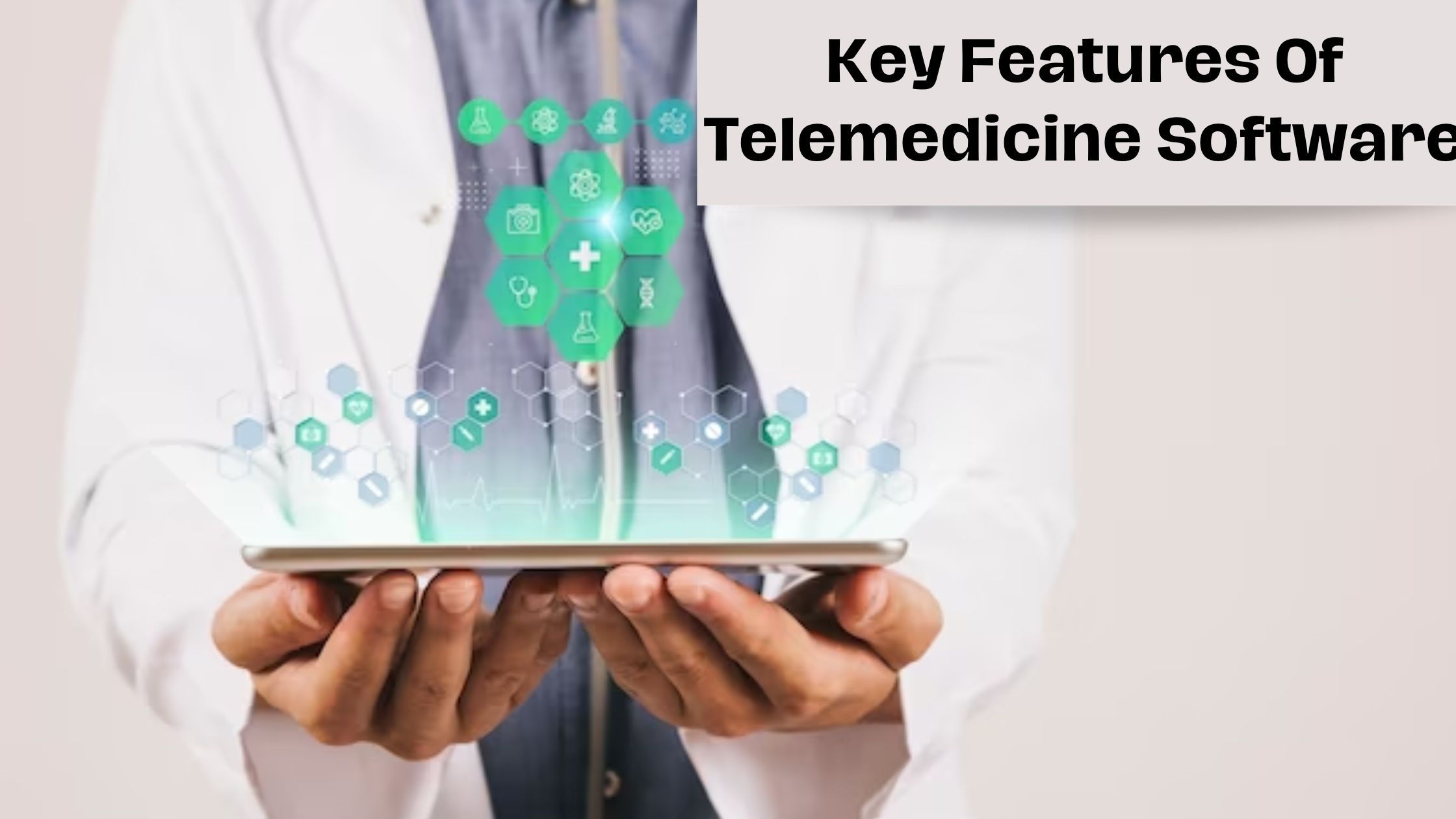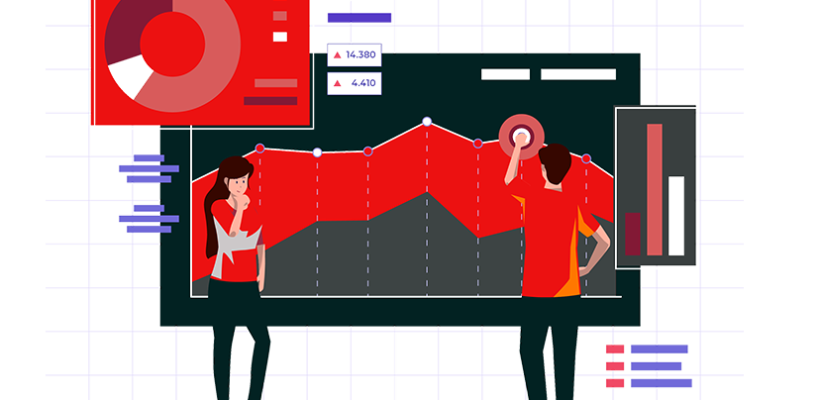In recent years, the healthcare industry has witnessed a transformative shift towards digital solutions that enhance accessibility, efficiency, and overall patient care. Telehealth, a subset of healthcare technology, has emerged as a pivotal player in revolutionizing how healthcare services are delivered.
Telehealth software development has become a focal point for developers and healthcare professionals alike, aiming to create seamless and secure platforms that bridge the gap between patients and healthcare providers.
In this blog post, we will delve into the key features of telehealth software development that are shaping the future of healthcare.
User-friendly Interface and Accessibility
One of the fundamental aspects of any successful telehealth software is an intuitive and user-friendly interface. The design should prioritize simplicity and accessibility to cater to a diverse user base, including patients, healthcare providers, and administrative staff. A well-designed interface ensures that users can easily navigate the platform, schedule appointments, access medical records, and engage in virtual consultations with minimal effort.
Moreover, telehealth software must be accessible across various devices, including smartphones, tablets, and computers. This flexibility ensures that users can connect with healthcare professionals regardless of their location, fostering a more inclusive and convenient healthcare experience.
Secure and Compliant Data Handling
Ensuring the privacy and security of patient data is paramount in telehealth software development. Developers must adhere to strict healthcare data protection regulations such as the Health Insurance Portability and Accountability Act (HIPAA) in the United States or similar regulations in other regions. Robust encryption protocols, secure data storage, and strict access controls are essential features to safeguard sensitive health information from unauthorized access.
Additionally, telehealth software should facilitate secure communication channels between patients and healthcare providers during virtual consultations. End-to-end encryption and secure video conferencing technologies contribute to maintaining the confidentiality of patient discussions and medical information.
Integration with Electronic Health Records (EHR)
Seamless integration with Electronic Health Records (EHR) systems is a key feature that enhances the overall efficiency of telehealth platforms. By integrating with EHR systems, telehealth software enables healthcare providers to access a patient’s complete medical history during virtual consultations. This integration ensures that healthcare professionals have comprehensive and up-to-date information, leading to more informed decision-making and improved patient care.
The synchronization of telehealth platforms with EHR systems also minimizes the risk of errors and redundancies, as data entered during virtual consultations can be automatically updated in the patient’s electronic health record.
Appointment Scheduling and Reminders
Efficient appointment scheduling is crucial for both healthcare providers and patients. Telehealth software should offer a user-friendly scheduling system that allows patients to book virtual appointments at their convenience. Automated reminders through emails or mobile notifications help reduce no-show rates, ensuring that patients are prepared for their virtual consultations.
Additionally, features like real-time availability updates and waiting room notifications contribute to a smoother and more organized virtual appointment experience. These elements enhance patient engagement and satisfaction, key factors in the success of any telehealth platform.
Remote Monitoring and Wearable Device Integration
The integration of remote monitoring capabilities and wearable devices is a progressive feature in telehealth software development. This functionality allows healthcare providers to remotely monitor patients’ vital signs, chronic conditions, and overall health in real-time. Patients can use wearable devices to track their health metrics, and the data is seamlessly transmitted to the telehealth platform.
This feature is particularly valuable for managing chronic illnesses and post-operative care, enabling healthcare providers to intervene promptly if any concerning trends or abnormalities are detected. The integration of wearable devices fosters a more proactive approach to healthcare, emphasizing preventive measures and early intervention.
Telepharmacy Services
Telepharmacy services have gained prominence as an integral component of telehealth platforms. This feature allows patients to consult with pharmacists remotely, discuss medication-related concerns, and receive guidance on prescription management. Telepharmacy not only enhances medication adherence but also provides an additional layer of support for patients managing complex medication regimens.
Furthermore, telepharmacy services facilitate secure electronic prescribing, allowing healthcare providers to transmit digital prescriptions directly to pharmacies. This feature streamlines the prescription fulfillment process, reducing the risk of medication errors and improving overall medication management.
Telepsychiatry and Behavioral Health Support
Telehealth software development extends its reach to mental health services, offering telepsychiatry and behavioral health support. This feature addresses the growing demand for accessible mental health services and eliminates geographical barriers to seeking help. Patients can connect with mental health professionals through secure video conferencing, fostering a confidential and comfortable environment for therapy sessions.
The inclusion of telepsychiatry in telehealth platforms contributes to the destigmatization of mental health care and encourages individuals to seek timely support. Additionally, features like secure messaging and virtual support groups enhance the overall mental health support system within the telehealth ecosystem.
Insurance Verification and Billing Integration
Telehealth software should streamline the administrative aspects of healthcare services, including insurance verification and billing. Integration with insurance databases enables real-time verification of patient coverage, reducing administrative overhead for both healthcare providers and patients. This feature ensures that patients are aware of their coverage and financial responsibilities before virtual consultations.
Moreover, telehealth platforms should incorporate billing functionalities that generate accurate and transparent invoices for virtual consultations. Integration with billing systems and electronic claims submission enhances the efficiency of the reimbursement process, allowing healthcare providers to focus on delivering quality care rather than grappling with administrative complexities.
Multi-language Support and Cultural Sensitivity
To address the diverse needs of patients and healthcare providers, telehealth software should offer multi-language support. This feature ensures that individuals who speak languages other than the primary language of the platform can access healthcare services without language barriers. Clear communication is essential for accurate diagnosis, treatment planning, and overall patient satisfaction.
Furthermore, cultural sensitivity should be embedded in the design and functionality of telehealth platforms. This includes considerations for cultural norms, beliefs, and practices to create an inclusive and respectful healthcare environment. Telehealth software developers should prioritize cultural competence to provide equitable healthcare experiences for individuals from various cultural backgrounds.
Artificial Intelligence (AI) and Machine Learning Integration
The integration of artificial intelligence (AI) and machine learning (ML) technologies enhances the capabilities of telehealth platforms. These technologies can assist in diagnosing medical conditions, predicting patient outcomes, and personalizing treatment plans. AI-driven chatbots and virtual assistants can provide immediate responses to common health inquiries, improving patient engagement and satisfaction.
Machine learning algorithms can analyze vast datasets to identify patterns and trends, contributing to evidence-based decision-making in healthcare. Additionally, AI-powered tools can automate administrative tasks, such as appointment scheduling and prescription refills, freeing up healthcare providers to focus on direct patient care.
Conclusion
The landscape of healthcare is undergoing a revolutionary transformation, with telehealth software emerging as a beacon of innovation. The key features discussed in this exploration of telehealth software development underscore the importance of creating platforms that are not only technologically advanced but also user-friendly, secure, and comprehensive in their approach to healthcare delivery.
As the demand for telehealth services continues to rise, it becomes imperative for healthcare organizations and technology firms to invest in top-notch telehealth software development. To achieve this, considering to hire backend developers with a proven track record in healthcare technology is crucial. These developers bring a wealth of expertise in designing robust, secure, and scalable backend architectures that form the backbone of successful telehealth platforms.





